"When The Levees Broke: A Requiem In Four Acts" (2006, Documental)
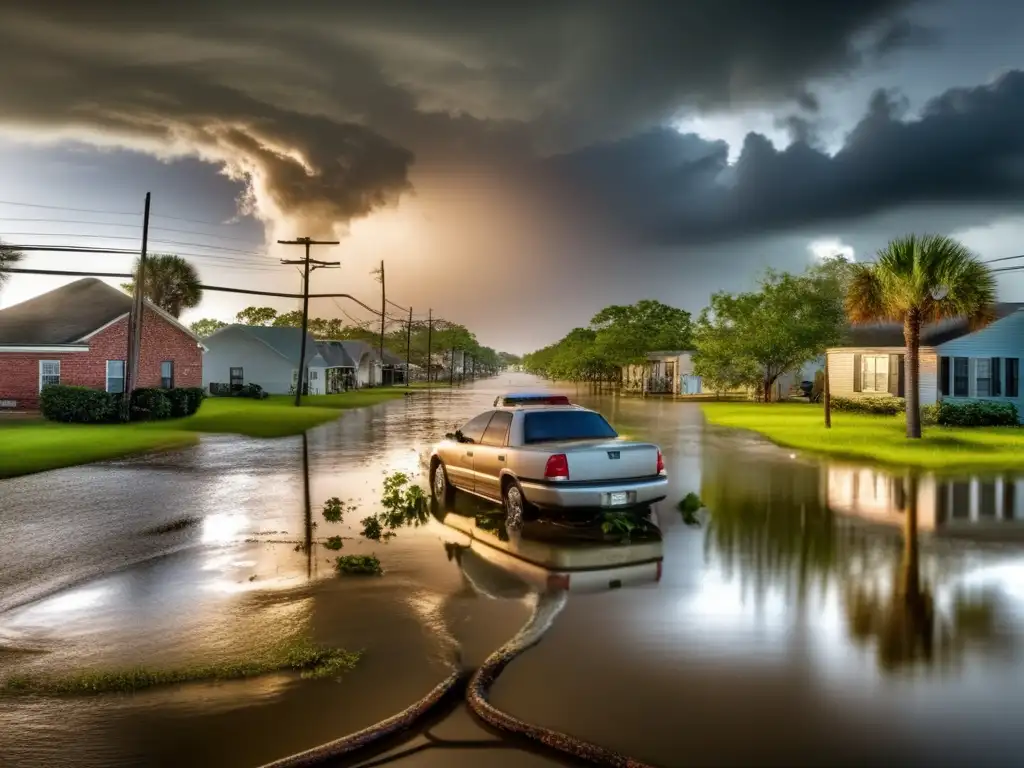
An In-Depth Review of the Hurricane Documentary: "When the Levees Broke: A Requiem in Four Acts" (2006, Documental)
- Introduction
- Documentary Details
- How "When the Levees Broke: A Requiem in Four Acts" (2006, Documental) Portrays Hurricanes
- Key Aspects of "When the Levees Broke: A Requiem in Four Acts" (2006, Documental)
- Comparing "When the Levees Broke: A Requiem in Four Acts" (2006, Documental) to Other Hurricane Movies
- Popular Opinion and Reception of "When the Levees Broke: A Requiem in Four Acts" (2006, Documental)
- Frequently Asked Questions
- Conclusion
Introduction
"When the Levees Broke: A Requiem in Four Acts" is a documentary film produced and directed by Spike Lee. It premiered on HBO in August 2006 and was later released on DVD in November 2006. The film explores the aftermath of Hurricane Katrina, particularly focusing on the devastation caused by the flooding in New Orleans. The film's title refers to the famous song by W. C. Handy, "When the Saints Go Marching In," which has become synonymous with the city of New Orleans.
Documentary Details
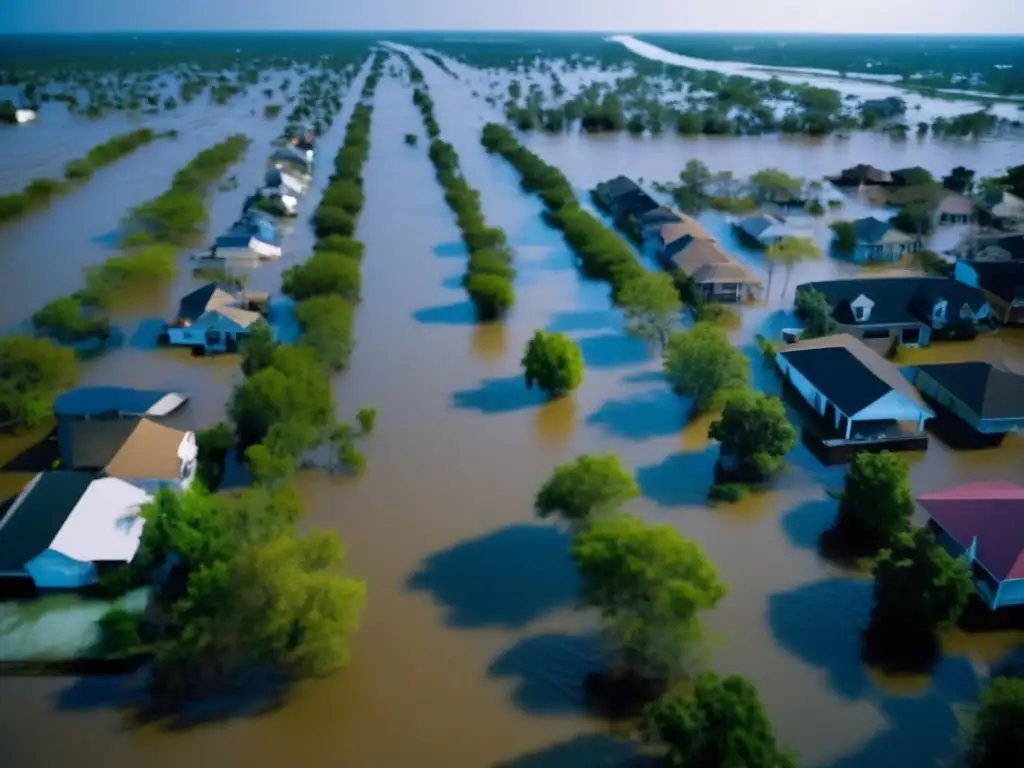
- Documentary Title: When the Levees Broke: A Requiem in Four Acts
- Director: Spike Lee
- Producer: Sam Pollard and Spike Lee
- Release Year: 2006
- Additional Interesting Facts: The documentary was filmed over the course of two years and features interviews with a wide range of people, including residents of New Orleans, politicians, historians, and activists. The film was well-received critically and won three Primetime Emmy Awards, including Outstanding Directing for Nonfiction Programming for Spike Lee.
How "When the Levees Broke: A Requiem in Four Acts" (2006, Documental) Portrays Hurricanes

The Role of Hurricanes in the Plot
The hurricanes portrayed in "When the Levees Broke" are central to the film's plot. The movie depicts Hurricane Katrina as a catastrophic event that caused significant damage to New Orleans and its surrounding areas. The footage of the storm itself is limited, but the aftermath of the hurricane is explored in detail. Through interviews with survivors and rescue workers, the film highlights the traumatic impact that hurricanes can have on people's lives.
Potential Scenarios Where Hurricanes are Depicted
The movie portrays hurricanes through various scenarios, including the flooding and destruction caused by Hurricane Katrina. The documentary also shows the preparations made by officials before the hurricane hit, such as the evacuation of residents and the establishment of emergency shelters. Throughout the film, we see how hurricanes can impact infrastructure, including roads, buildings, and communication systems.
Key Aspects of "When the Levees Broke: A Requiem in Four Acts" (2006, Documental)
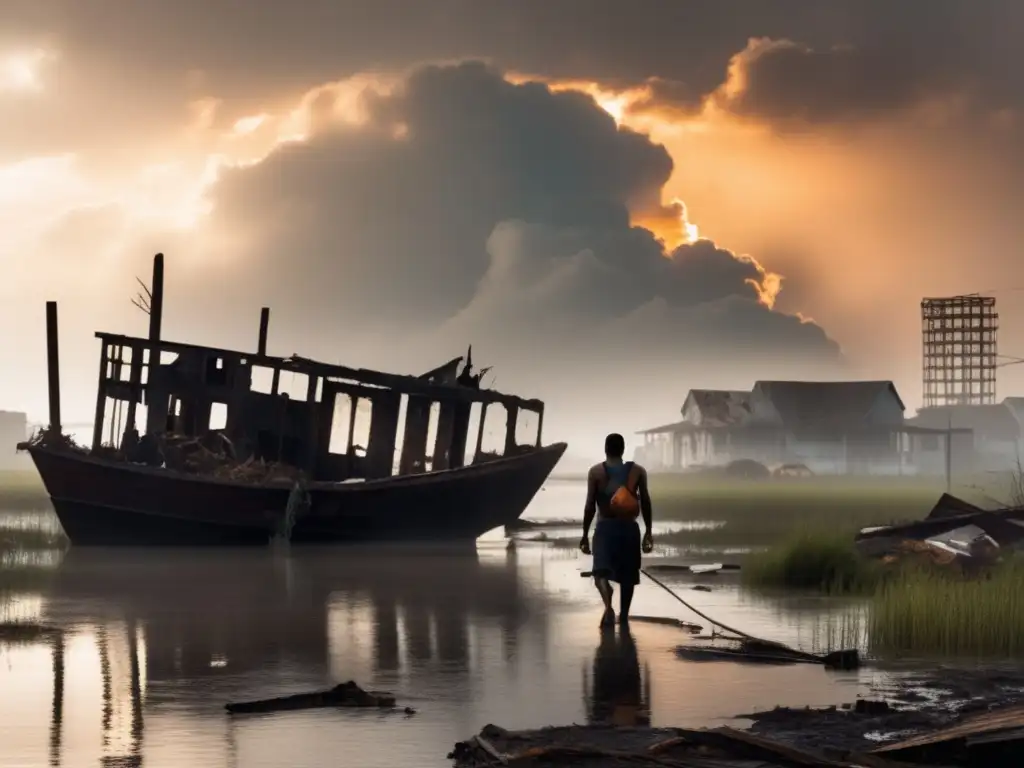
Storyline and Characters
The film's storyline follows the aftermath of Hurricane Katrina, primarily focusing on the experiences of the people who lived through the disaster. The documentary features interviews with a wide range of characters, including politicians, activists, historians, rescue workers, and residents of the affected neighborhoods. Through these interviews, the movie paints a picture of the hurricane's impact on the community, highlighting both the tragedy and resilience of the people of New Orleans.
Cinematic Techniques and Special Effects
The cinematography used in "When the Levees Broke" is relatively straightforward, with minimal special effects or CGI. The film's style is more akin to a news report or a documentary, with much of the footage captured in handheld mode. This approach helps to create a sense of immediacy and realism, as though the viewer is experiencing the hurricane's aftermath firsthand.
Realism and Accuracy
The film is widely regarded as being an accurate and realistic portrayal of the events surrounding Hurricane Katrina. The interviews with residents and officials provide a nuanced view of the disaster, highlighting both the systemic failures that led to the flooding and the heroic efforts of those who worked to rescue and help those affected by the storm. As a result, the movie has been used in educational settings as a way of helping students understand the impact of natural disasters and the importance of emergency preparedness.
Comparing "When the Levees Broke: A Requiem in Four Acts" (2006, Documental) to Other Hurricane Movies
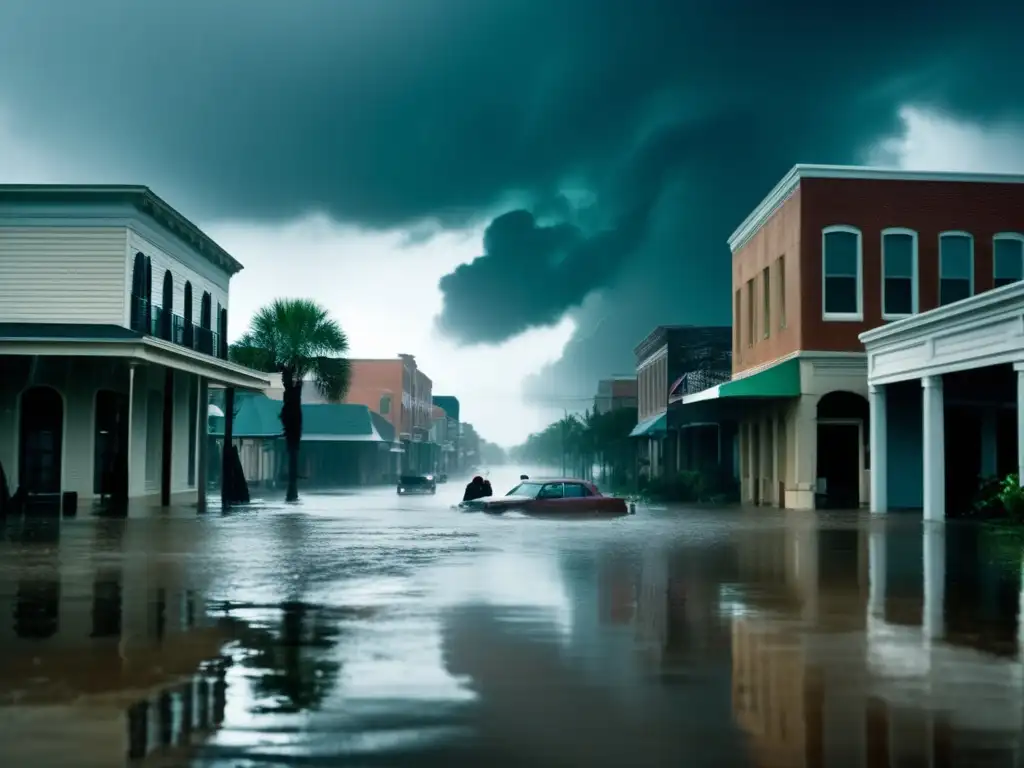
"The Hurricane" (1999)
"The Hurricane" is a biographical film that focuses on the life of Rubin "The Hurricane" Carter, a boxer who was wrongfully convicted of murder. While the film does not focus specifically on hurricanes, it does touch on the impact of Hurricane Hazel, which destroyed the town where Carter lived as a child. In contrast to "When the Levees Broke," "The Hurricane" takes a more traditional narrative approach to storytelling, with a clear protagonist and antagonist. The movie is less concerned with portraying the details of a hurricane and more focused on the impact of racism on Carter's life.
"Twister" (1996)
"Twister" is a disaster film that follows a group of storm chasers as they track and study tornadoes. While the movie is not explicitly about hurricanes, it does share some similarities with "When the Levees Broke" in terms of how it portrays the destructive power of natural disasters. However, "Twister" is more focused on the action and excitement of chasing storms than it is on exploring the impact of these disasters on people's lives.
Popular Opinion and Reception of "When the Levees Broke: A Requiem in Four Acts" (2006, Documental)

"When the Levees Broke" was widely praised by critics and audiences alike for its compassionate and nuanced portrayal of the aftermath of Hurricane Katrina. The film won three Primetime Emmy Awards and was nominated for several others. It has since been cited as a powerful piece of journalism that captures the tragedy and resilience of the people of New Orleans during one of the most significant natural disasters in recent history.
Frequently Asked Questions
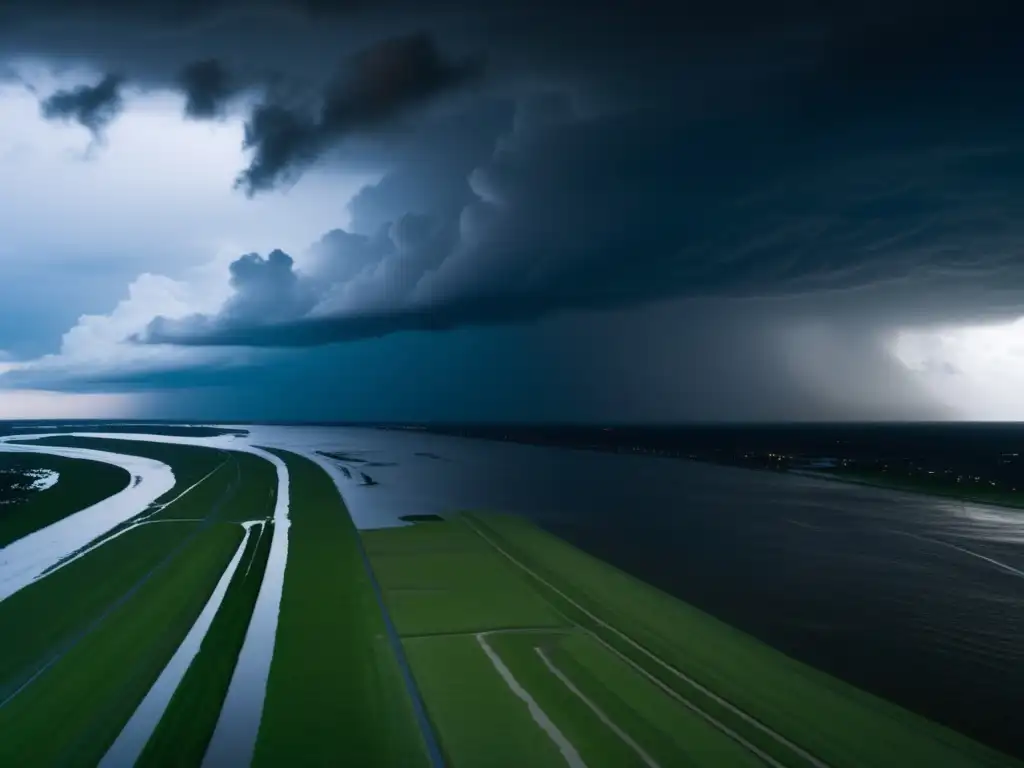
-
What impact did "When the Levees Broke" have on public understanding of Hurricane Katrina?
The film helped to raise awareness of the systemic failures that led to the flooding of New Orleans and highlighted the importance of emergency preparedness in the face of natural disasters.
-
How accurate is "When the Levees Broke" in its portrayal of Hurricane Katrina?
The film is widely regarded as being an accurate and realistic portrayal of the events surrounding Hurricane Katrina.
-
What was the reaction to "When the Levees Broke" when it was first released?
The film was widely praised by critics and audiences alike for its compassionate and nuanced portrayal of the aftermath of Hurricane Katrina.
-
Is "When the Levees Broke" suitable for children to watch?
The film contains graphic footage of the aftermath of Hurricane Katrina and may not be suitable for younger children.
-
How can I watch "When the Levees Broke"?
The film is available on DVD and can also be streamed on HBO Max.
Conclusion
"When the Levees Broke: A Requiem in Four Acts" is a powerful and important documentary that explores the devastating impact of Hurricane Katrina on the people of New Orleans. The film's portrayal of hurricanes is both accurate and moving, highlighting the importance of emergency preparedness in the face of natural disasters. Through its compassionate and nuanced approach to storytelling, "When the Levees Broke" has become an essential piece of journalism that helps us understand the tragedy and resilience of the human spirit."
We encourage our readers to share their thoughts and discuss the impact of natural disasters on communities in the comments below. Additionally, we invite you to visit hurricaneinsider.org for more educational content on the topic.
If you want to discover more articles similar to "When The Levees Broke: A Requiem In Four Acts" (2006, Documental), you can visit the Documentaries about Hurricanes category.
Leave a Reply


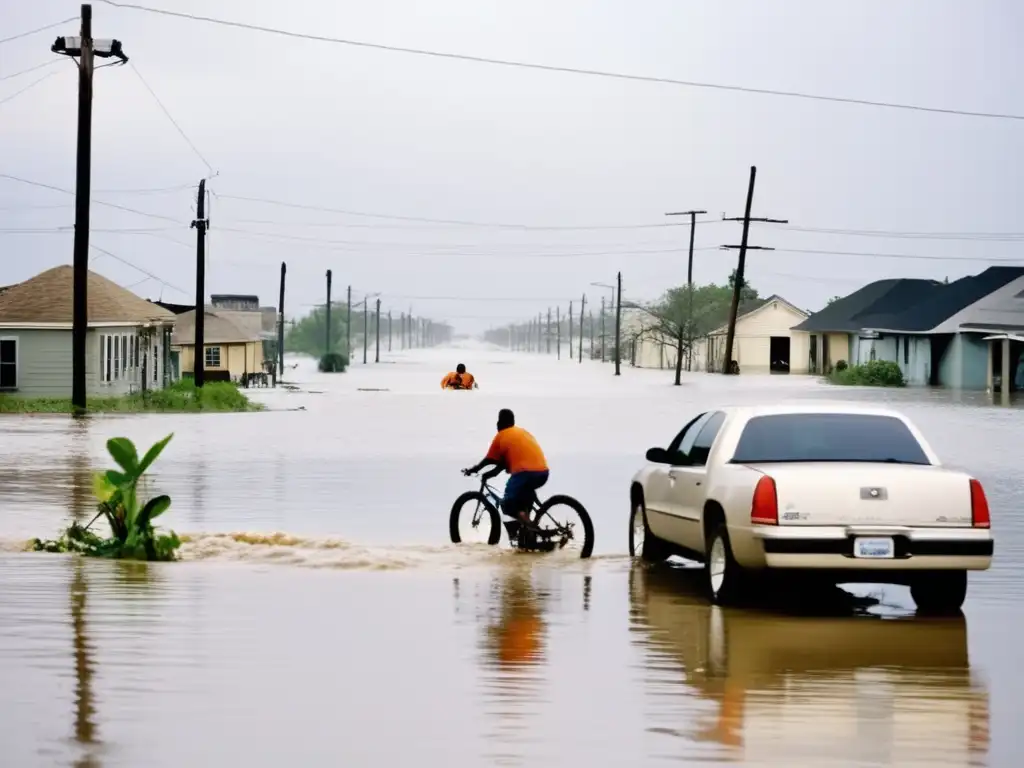
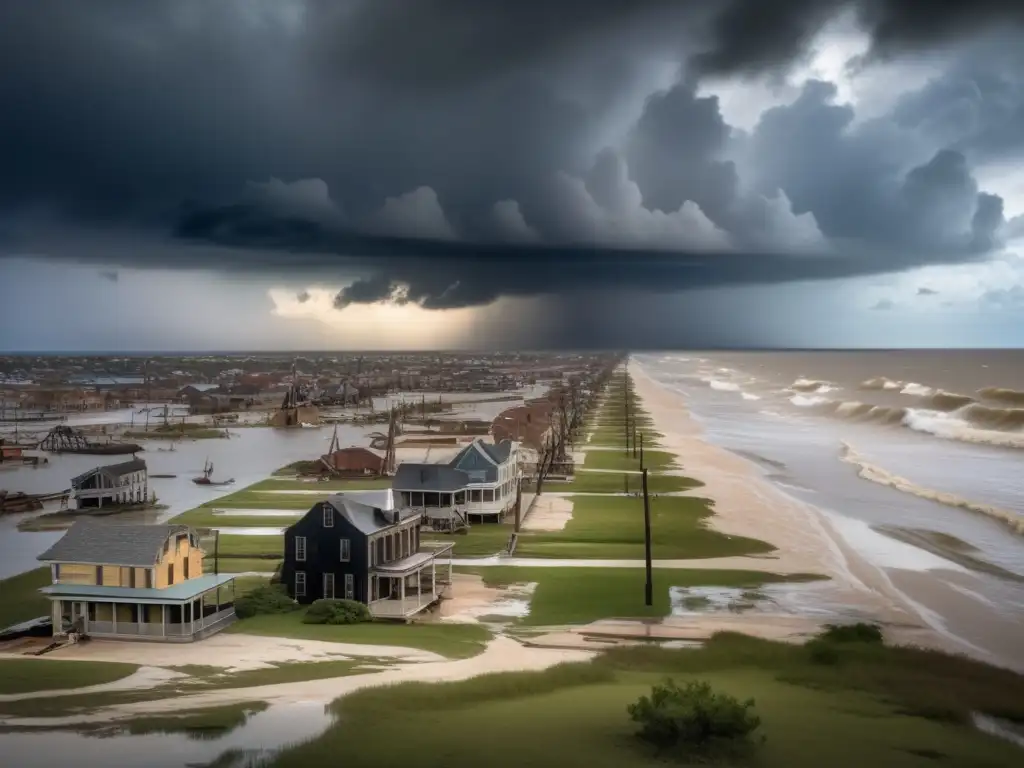
Articulos relacionados: